My recent report, ‘Women in Architecture: Self-Development and Career Advancement for Mid-Level Professionals’, identified a number of areas for discussion around how we can keep these women engaged and employed in the industry.
Now in a new series of articles I will be delving deeper into the report’s questions and themes, in order to draw out further actionable insights. They are primarily aimed at mid-level female architects themselves, but will also be of interest to managers and HR personnel who can put the recommendations into practice at company level.
To start with, we look further into building a structure for a self-development plan, and enhancing it with your own personal values in order to build and enact the plan.
If you’re wondering why any of this even matters in the first place, then the word ‘stagnation’ is an important one to pull out of my report. Almost half of the women I surveyed said they were ‘not so satisfied’ or ‘not at all satisfied’ with the speed of their career path. That has to change. Meanwhile, 82% of the respondents said they felt it was primarily their responsibility to get the ball rolling with their development and training opportunities. That’s a very positive starting point for bringing about change.
But what should a self-development plan be? How should it look? What will it include? How do you manage it?
Step 1: Where are you going?
I advocate creating a framework that contains your key goals and areas for self-development. Firstly, consider where you are going:
What is your career vision for the next two to three years?
What is your mission – what good do you want to do in the world, and for whom?
What are the development opportunities you want coming your way?
Step 2: About You
Foundational sections will remind you of your USP, or unique selling point. In other words, what makes you stand out:
What are my strengths?
What is my edge?
What are my top 5 non-negotiable values?
Being clear on your top strengths will serve to remind you of how to be an ‘active-coper’ in times of uncertainty or challenge, thereby maintaining your resilience levels. To get a well-rounded opinion, ask your colleagues and friends what they consider to be your top strengths. We can take some of our strengths for granted, so you may be surprised by what they say. You can also visit https://www.viacharacter.org for a free assessment of your strengths.
It’s also important to have a set of ‘values’ around your self-development framework. Collaboration and mutual respect could be an example. Values are guiding lights – they help you make good decisions, especially when it comes to career moves. Knowing your values, and making sure your decisions align with those values, provides a sense of congruence. Plus, understanding your edge – the unique talents and capabilities that set you apart from others in your field - will help stem the social comparison bias. When not comparing yourself to others you are in a better position to compare your now-self with your past-self: “How much progress have I made in the past year on personal goals?”.
Step 3: Areas for Development
Next, work out your top areas of self-development. The report interviewees chose from a list that included presence, influence, mentoring and time management among others. However, the top key areas of focus for personal and professional success voted for were:
1st equal place: Strategic Thinking / Communication 2nd equal: Confidence / Increasing network 3rd equal: Resilience / Team Leadership Skills It’s easy to get carried away with a long list of self-development areas, so narrow it down to your top 3. To help you consider your options, download my Leadership Goal Wheel HERE (this is also a great visual aid to track your development areas over time).
Step 4: Measurement
In addition to your top 3 development areas, consider how you will measure success and what support you will need:
What are the measures for your success?
What training or support do you need?
Step 5: Resilience
One key consideration when creating a structure for your self-development plan is maintaining a healthy work/life balance. As one of my interviewees put it:
“My company knows that, for people to be good architects, they need to be happy people outside of work.”
We need to acknowledge and accept that professional development opportunities in the workplace must go hand-in-hand with personal self-development outside of the office. Creativity feeds creativity. Include in your plan the non-work activities which need maintaining – those that help you relax, bring joy and give you an outlet from work. Professional and personal fulfilment can live off each other.
What helps me maintain wellbeing?
What helps me create/integrate work-life balance?
In summary, we are experts in having our heads down in the day-to-day work, but combined with caring and parental responsibilities we forget about the bigger picture. In our current context of COVID-19 – adding uncertainty, anxiety and home-schooling to boot - there is simply no room for many to be thinking about self-development. But by creating yourself a structured plan you will lift your head above the day-to-day, think more strategically and keep your ‘bigger picture’ goals to the forefront of your mind.

